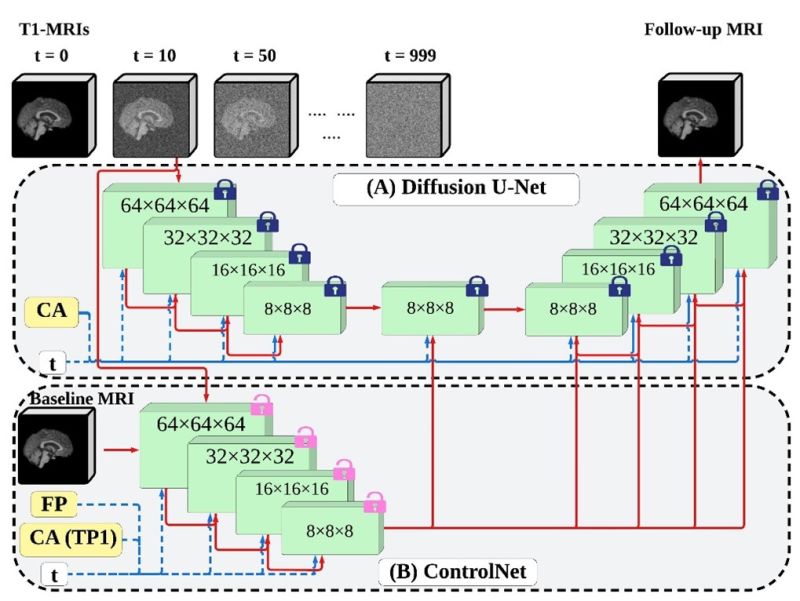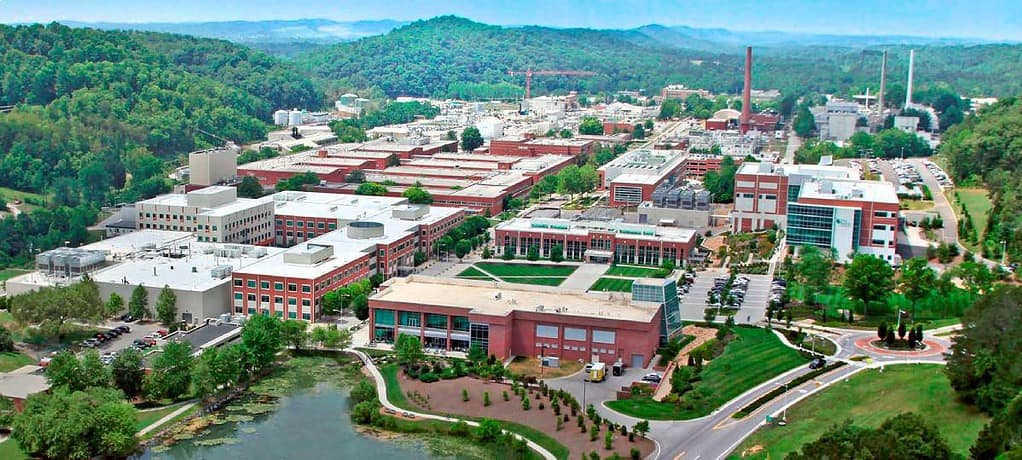Susan Hogle is seeing a renaissance age for radioisotopes – and she should know.
As director of the Isotope Science and Enrichment Directorate’s Radioisotope Science and Technology Division, Hogle has an up-close perspective on what she says is a “booming” growth market for isotopes, old and new.
“New applications for radioisotopes are being developed, particularly medical; there’s a lot of development right now in radiotherapeutics to treat cancers,” said Hogle, who has been director of RSTD since 2022. “The other driver right now is a desire for a secure domestic supply of isotopes. Over the decades, the U.S. has relied on international suppliers, but there’s been interest in securing those isotopes from domestic sources, particularly in the past few years.”
ORNL is uniquely equipped to meet that demand for crucial isotopes, she said. The lab has decades of isotope production experience, along with the experts and infrastructure to continuously improve production to meet national demand.
“We’re rediscovering processes now for radioisotopes we made in the 1980s,” Hogle said. “It’s exciting, because we have more knowledge now and are able to optimize processes, particularly for reducing the amount of waste generated.”
One example is carbon-14, which in 1946 was the very first isotope shipped out from ORNL, for a cancer-fighting treatment at a St. Louis hospital. The isotope is used worldwide for biological studies and in medicine, among other applications, but ORNL hasn’t produced it in four decades because other suppliers could meet national needs.
Now, with demand for C-14 rising, the lab is working to reestablish U.S. production – but with updated processes.
“To revisit and modernize those technologies to bring C-14 back to the market is very exciting,” Hogle said.
Another is promethium-147, on which Hogle says ORNL is the worldwide expert. Used to measure the thickness of thin films, for paint to make luminescent dials and gauges, and for imaging to show defects, Pm-147 is becoming more sought-after, particularly in manufacturing. But there’s still much more to learn about its makeup and possible uses, Hogle said, and ORNL scientists are finding those answers.
“Pm-147 was discovered here, but nobody’s ever really studied it,” she said. “We are now the only supplier in the whole world, and we’re doing fundamental studies on promethium as well. That brings it back full circle.”
For decades, ORNL has been the primary supplier of the promising cancer-fighting isotope actinium-225, as well as the global expert on processes to extract Ac-225 from thorium.
“Those processes were developed here,” Hogle said. “Other suppliers of Ac-225 are starting to come online now, and that’s very exciting for the radiotherapeutics community. We don’t have enough material coming out of ORNL that we could supply the entire world if one of the many drugs currently in clinical trials were to receive FDA approval. When that happens, it’s going to be all hands on deck − we’ll need all the Ac-225 that the world can possibly provide.”
Hailed as a breakthrough, the isotope can be biologically targeted to deliver radiation directly to specific cancer cells while doing minimal harm to surrounding cells. ORNL’s work with Ac-225 has enabled private industry to produce the isotope, providing a blueprint for the most efficient methods.
“Technology transfer is one of the main focuses of our national laboratories,” Hogle said. “That’s why we’re here, to do that big science that private industry can’t necessarily support, and then to transfer that technology to industry throughout the world.”
With more industry partners using the processes ORNL developed for Ac-225 production, “it’s going to let that technology really take off,” she said.
It’s also drawn talented professionals to RSTD, because they can see they make a difference.
“It’s one of our most compelling missions,” she said. “Curing cancer, treating cancer – who isn’t excited about that? We produce a tangible product that has such as huge impact.”
Hogle’s division exists to fulfill the Department of Energy Isotope Program’s mission to provide crucial isotopes that nobody else can.
“We don’t compete with industry,” she said. “Once someone else can do it, we move on and focus on the next big science problem. National labs, in general, are incubators for the science that can really only be done in this kind of environment, where you have experts in every single discipline there is.”
The national labs also have the infrastructure and expertise to produce rarer isotopes important to medicine, industry, national security and the pursuit of new scientific knowledge, said Hogle, whose own past research includes data to support rare isotope production.
‘We’ve got a bunch of radioisotopes we’re working on right now that either nobody else in the world is supplying them, or the only international supplier isn’t reliable,” Hogle said.
Hogle said there’s widespread excitement about the lab’s large initiatives focused on the development of targeted therapies for cancer, which include Accelerating Radiotherapeutics through Advanced Molecular Constructs, or ARM, and Accelerating Radiotherapeutic Innovations and Applications, or ARIA, as well as a collaborative effort through the University of Tennessee-Oak Ridge Innovation Institute.
“There are radioisotopes whose potential could still be unlocked with further advancements in radiotherapeutics,” Hogle said. “Ac-225 certainly is the shining star right now, but others could be just as valuable if we are able to make advances in how to capture them and target them to the cancer site.”


